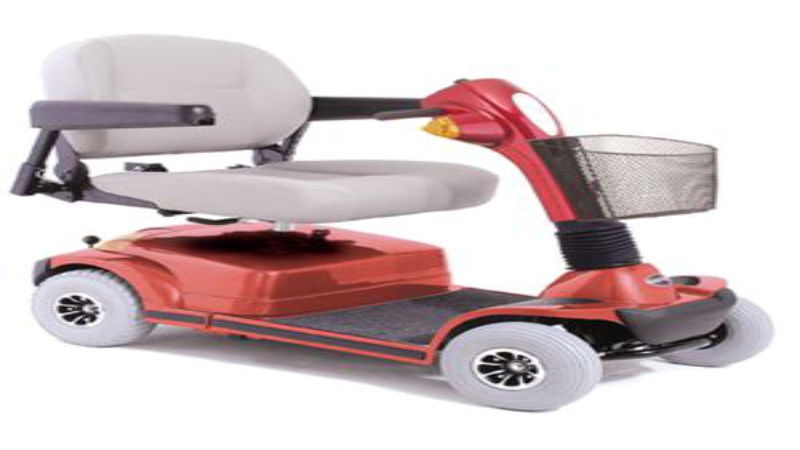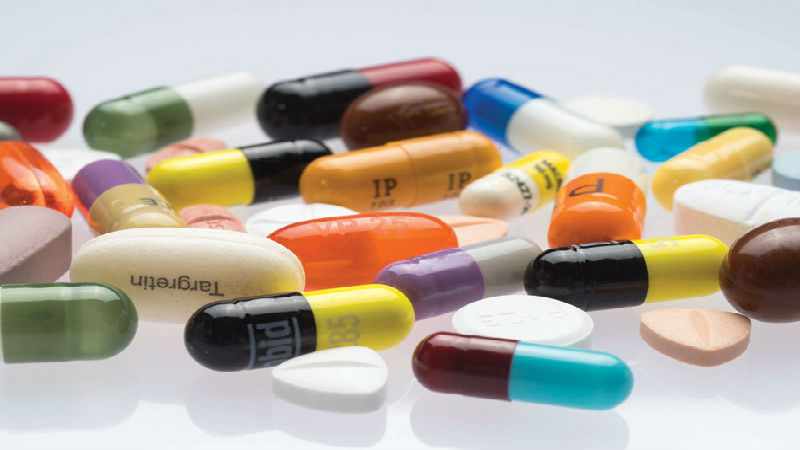Hydrophilic is a term that means “water loving,” meaning a hydrophilic coating promotes bonding with water molecules to retain a lubricated surface that is especially critical in devices like catheters. When coated with a hydrophilic finish, the surface of the catheter and other devices that come into contact with the body becomes and remains moist or even slippery and therefore reduces friction. Reducing friction reduces discomfort and other more serious medical problems. Hydrophilic coated devices are also easier to use and more efficient. Guidewires used in procedures like angioplasty are another common medical device that benefits from hydrophilic coatings. Hydrophilic coatings can reduce instance of infection and can therefore be considered integral to best practices in healthcare.
Companies that develop products like catheters, guidewires, and other implements designed to be used internally need to consult with buyers about their needs. There are only a few situations in which hydrophilic coatings might be contraindicated, such as when the surface becomes too slippery leading to devices slipping out of place. Each user will have personal preferences, but generally hydrophilic coatings enable safer and more efficient medical procedures. There may be proper care procedures for cleaning devices that have hydrophilic coatings, and for maintaining the integrity of the surface.
The opposite of hydrophilic coatings are hydrophobic coatings, which as the term suggests, effectively repels water so the surface remains dry. Some difficult surgical procedures that require precision may need hydrophobic coatings to prevent minute but meaningful slipping. Ideally, manufacturers of medical devices can color-code their products so that the end user differentiates easily between hydrophilic and hydrophobic-coated products. More often than not, a hydrophobic coating is preferable on devices used in cardiology, oncology, vascular, radiology, and other specialties because of the importance of reducing friction and resulting infection.


